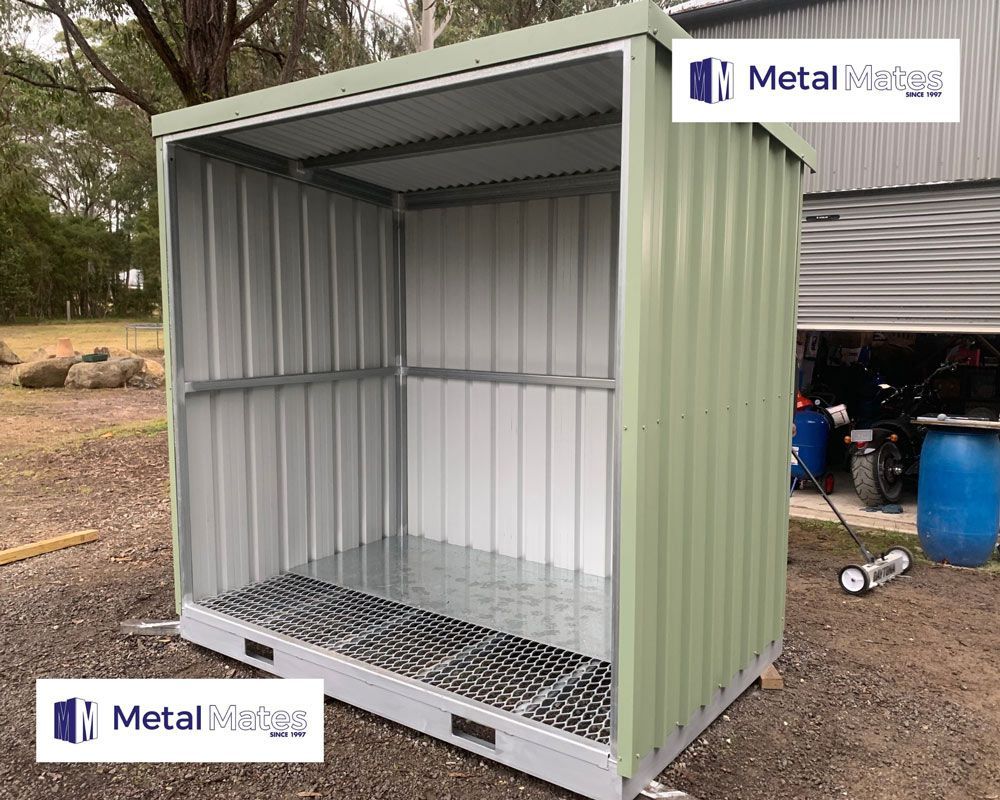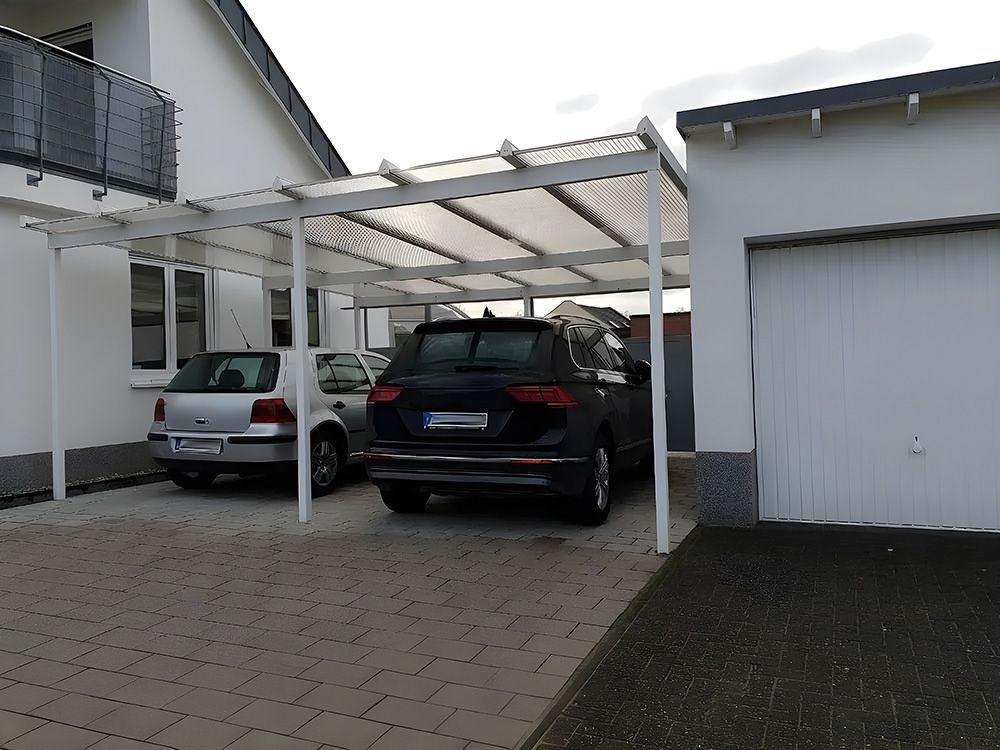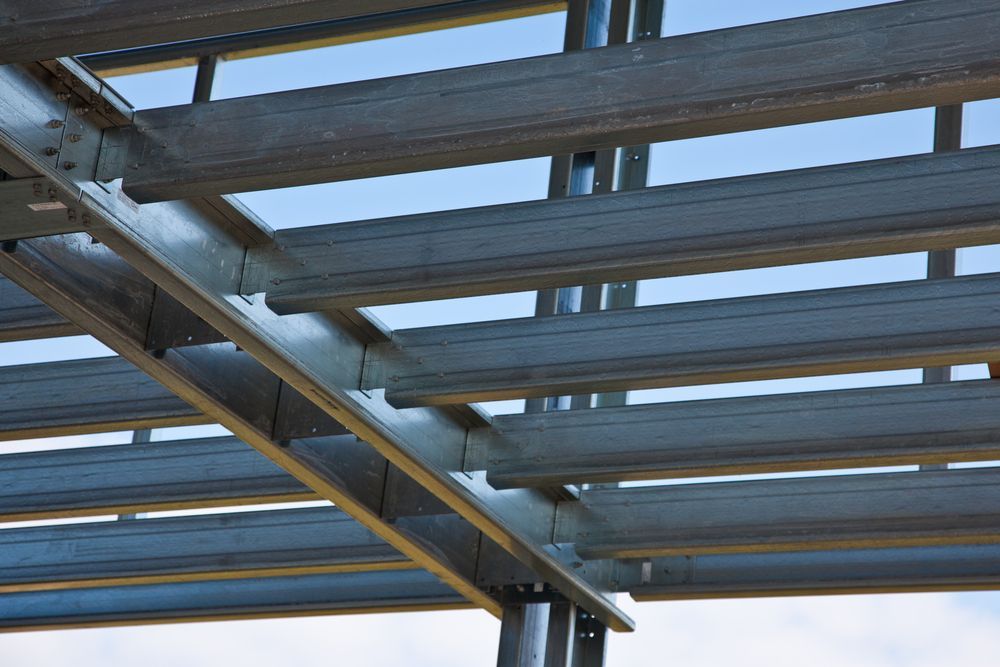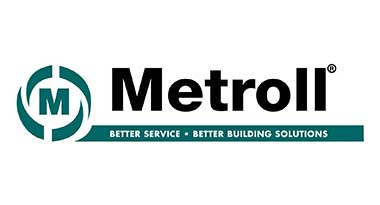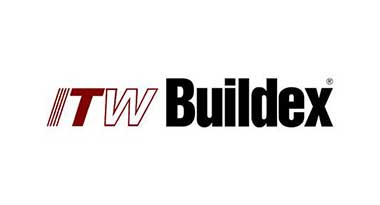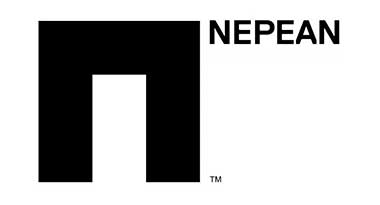4 Steel Facts to Know Before Buying
Understanding the essentials of steel is vital before making any major purchasing decision. With steel playing a critical role in everything from construction to transportation and infrastructure, knowing what you're buying matters. This blog explores the most important facts about steel—its types, grades and standards—to help you choose wisely.
Steel is an integral part of modern development, valued for its strength, versatility and adaptability. Whether you're working on a residential build or managing a large-scale industrial project, informed steel buying ensures durability and performance. A strategic approach also helps buyers align their purchases with quality standards and sustainability goals.
According to the Department of the Prime Minister and Cabinet, Australia produces about 5.7 million metric tonnes of steel annually. That's a massive output—and it highlights just how central steel is to the nation's economy and infrastructure.
1. Understand the Types of Steel
Choose Carbon Steel for Strength and Simplicity
Carbon steel is one of the most widely used steel types, prized for its toughness and affordability. It's classified based on its carbon content, which influences its hardness and flexibility. Used in bridges, buildings and railway systems, carbon steel provides the mechanical strength required in demanding construction environments.
It's also a go-to material in the automotive industry, where its impact resistance makes it perfect for load-bearing parts. Though it can be vulnerable to rust, various treatments like galvanising can greatly improve its durability.
For any steel purchase involving long-term infrastructure or high-stress use, carbon steel remains a staple. Reputable steel suppliers often offer tailored options based on specific needs.
Select Stainless Steel for Corrosion Resistance
Stainless steel is renowned for its resistance to corrosion and its attractive finish. Its key component, chromium, forms a protective oxide layer that prevents rusting, making it ideal for kitchens, hospitals and outdoor applications.
Different types of stainless steel—like austenitic or ferritic—offer unique benefits. Austenitic steel is non-magnetic and remains strong across a wide temperature range, while ferritic versions are more rigid and suited for automotive use. Duplex stainless steels, which combine features of both, provide enhanced strength and resistance, making them valuable in demanding industrial environments.
Thanks to its recyclable nature and long life, stainless steel aligns with sustainability goals. Many steel suppliers now highlight their eco-friendly production methods, making it easier for buyers to make greener choices. Stainless steel's durability also reduces the need for frequent replacements, minimising long-term maintenance and environmental impact.
Use Alloy Steel for Specialised Needs
Alloy steel is created by adding elements like nickel, vanadium and chromium to basic steel to enhance its strength, toughness and wear resistance. This makes it suitable for pipelines, mining equipment and aerospace engineering.
Its key benefit is versatility—alloy steel can be formulated to meet exact performance demands. That's why it's often the choice for sectors requiring advanced mechanical properties, including those involving extreme temperatures, heavy loads or corrosive environments.
Leading steel suppliers will guide you in selecting the right alloy blend based on your operating environment and stress factors. Although alloy steel can be more expensive, its durability offers a solid return on investment and long-term reliability.
Rely on Tool Steel for Precision Applications
Tool steel stands out for its high hardness, heat resistance and ability to maintain shape under stress. It's commonly used to manufacture cutting tools, dies and machinery parts where precision and endurance are paramount.
It's available in variants like water-hardening or oil-hardening steel, each suited to specific manufacturing processes. Water-hardening is budget-friendly but less durable under heat, while oil-hardening types offer a better balance of strength and heat tolerance.
For manufacturing or engineering businesses, investing in tool steel through reliable steel suppliers ensures performance in high-pressure conditions. It's a costlier choice, but one that pays off through reduced wear and longer lifespans.
2. Factor in Key Steel Buying Considerations
Evaluate Your Application Needs First
Before selecting a steel type, consider what the material will be used for. Exposure to heat, moisture, chemicals or mechanical stress influences which steel option will perform best. Corrosion resistance, tensile strength and malleability should all align with your project's goals.
Working with steel suppliers who understand your project scope ensures you're not just buying steel, but the right steel.
Balance Cost Against Performance
While carbon steel might suit budget-conscious builds, premium applications like aerospace demand specialised alloys. Sometimes paying more upfront results in fewer repairs or replacements down the line.
Ask steel suppliers for lifecycle data and cost comparisons to help you make financially sound decisions. Their technical expertise can guide you through cost-performance trade-offs without compromising quality.
Factor in Sustainability
With environmental scrutiny increasing, it's important to assess the eco-footprint of your steel. Look for suppliers offering recycled materials or carbon-neutral production processes. Certifications can help verify sustainability claims.
Informed buyers increasingly seek materials that align with green building certifications and long-term environmental responsibility—and steel suppliers who cater to this demand are setting the new standard.
3. Make Sense of Steel Grades
Interpret Steel Grading Systems Correctly
Steel is classified by grade systems like ASTM (American), EN (European) and JIS (Japanese), which define a material's chemical composition and physical traits. These grades are essential for comparing products and ensuring your steel meets performance benchmarks.
Navigating these systems can be complex, but trusted steel suppliers help translate specifications into practical decisions. Knowing what each grade means for tensile strength or corrosion resistance prevents costly mistakes.
Navigate International Grading Differences
In global projects, mismatched steel standards can lead to compatibility issues. Standardised grading across borders is becoming more common, but differences still exist. Using ISO-compliant steel reduces the risk of material failure and ensures smoother integration in international builds.
Experienced steel suppliers can help align material specs with multiple standards, simplifying procurement and ensuring consistency. This is especially important in sectors like oil and gas, defence or marine infrastructure.
4. Follow the Standards That Matter
Adhere to International Quality Benchmarks
Organisations like ISO provide internationally recognised steel quality standards. Compliance with these systems ensures that steel products meet critical performance, durability and safety criteria.
Choosing certified steel suppliers not only ensures top-tier materials but also reassures clients, investors and regulators that your project meets international expectations.
Insist on Compliance Verification
When buying steel, always verify supplier documentation and testing certifications. Don't take quality for granted—make it a priority. Proper documentation avoids delays, mitigates risk and keeps your investment protected.
Top-tier steel suppliers are transparent about their quality controls and willingly share documentation. This builds trust and ensures long-term partnerships.
Purchasing steel is more than just selecting a metal. It's about understanding types, grades, standards and environmental impacts to make informed, strategic decisions. Whether you're building a high-rise or fabricating tools, each application demands a tailored approach—and choosing the right
steel suppliers is where it all begins.
From carbon to tool steel, every variation serves a purpose. Aligning those purposes with project needs ensures both structural integrity and economic efficiency. Moreover, with Australia producing about 5.7 million metric tonnes of steel each year, there's no shortage of options—just a need for smarter selections. If you're after reliable advice, certified quality and a partner who understands the steel industry inside out, Metal Mates is your go-to. Reach out today and get the right steel for the job—no guesswork, just results.

